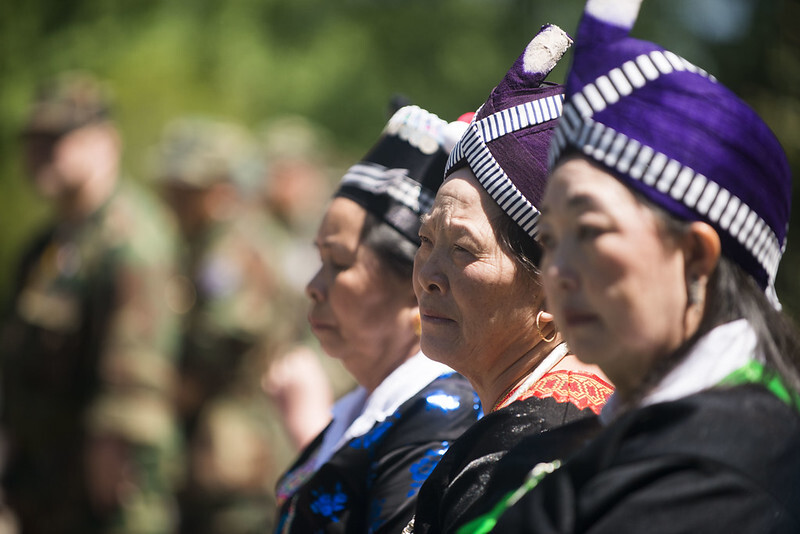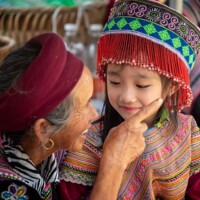Victims of a Secret War: The Hmong Then and Now
By Sydney Wise
The Hmong are a people native to the country of Laos, to the west of Vietnam. Because of their central location in east Asia, Laotians have engaged in the region’s many conflicts, including World War II and the Vietnam War. The Hmong worked closely with the Central Intelligence Agency of the United States during what scholars label the “Secret War.” This transpired prior to the communist takeover of Laos. Hmong men and boys were recruited by the CIA and U.S. military to help complete “covert operations” for the United States disguised as mercenaries.
In 1961, president of the United States John F. Kennedy authorized the recruitment of minorities for covert military operations against the spread of communism in Laos. Nichol Bryan states in Hmong Americans that, in regards to this authorization,“the United States trained the Hmong and gave them weapons.” In 1969, president Richard M. Nixon was exposed by the media, first by the New York Times, as authorizing a bombing of allies in Laos, which included thousands of Hmong, soldiers and civilians. The Vietnam War resulted in the death of nearly 50,000 Hmong males with another 30,000 injured or missing. Overall, a quarter of the entire male population died by the time the war concluded.
The Vietnam War left many Hmong homeless, destitute, and injured. Many of those that did not flee during the conflict, left when it ended. These displaced people were first shuttled into Thai refugee camps by international human rights organizations, such as the International Organization for Migration (IOM), and other groups such as the United Nations High Commission for Refugees (UNHCR) and the Thai Ministry of the Interior. From this point, many refugees received sponsorship to enter the United States. This sponsorship came from non-profit organizations, individuals, and other charitable agencies. The effort of refugee sponsorship involved many churches and religious groups as well. Hmong refugees settled primarily in Minnesota, Wisconsin, parts of California, and some even settled in Southeastern Pennsylvania.
The Hmong that settled in Southeastern Pennsylvania originally experienced difficulties in gaining acceptance. Violence forced many families to leave the city of Philadelphia and other cities. This resulted in a sizable number of Hmong migrating to the suburbs. In order to maintain their cultural identity, Hmong relocated to Southeastern Pennsylvania and upheld traditions while incorporating traits from others. For example, the Hmong continue to utilize traditional patterns in creating textiles for special occasions. These textiles increasingly converged with Amish quilting in Lancaster county, resulting in an interesting intersection between two cultures. One tradition that is changing, however, is the role of women. Community leaders and families now encourage women to step outside of the domestic sphere. They are increasingly attending school and pursuing higher education. With this combination of changing yet preserving tradition, the Hmong continue to protect their heritage while still growing with the times.
Further readings:
- 10 things about Hmong culture, food and language you probably didn't know
- Hmong in Pennsylvania News
- Nationalities Service Center
- Immigration 1930-Present
- We Try to be Strong - Exhibit
- A Change of FaithHmong Timeline
- Split Horn: The Life of a Hmong Shaman in America (Film)
- R.A.R.E. Hmong Tuag Nthi (Music; Caution – Adult Language)
- Gran Torino (Film; Caution – Adult Language)



